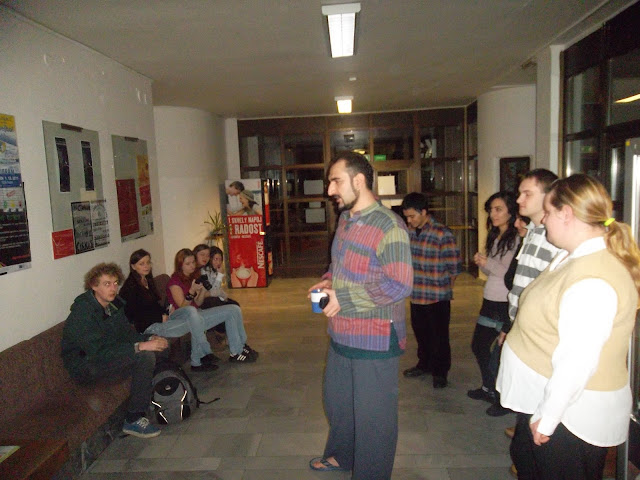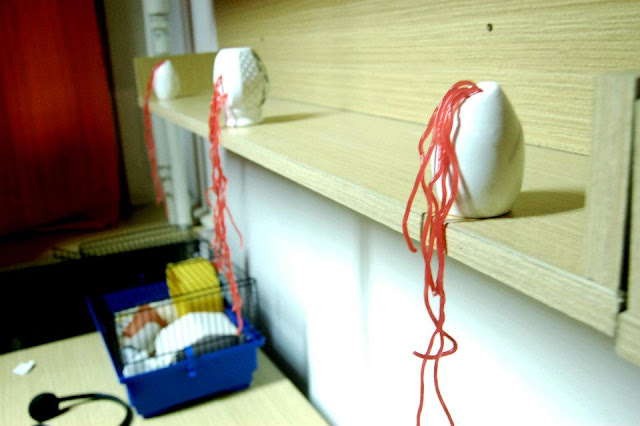
In the Homy Space; Relocalization.
Individuals, just like societies, need a certain past, memory, and sui generis symbol and images to continue their existences. Values and symbols obtained from social life are individualized by transforming personal approaches and preferences. This individualization is mostly supported by the individual’s habitat.
Home as an environment carries the property of being public space for the individual’s mental and sensational realm. At the same time, it is a private space where s/he personalizes experiences and knowledge acquired from the life outside the Home. Home, for the individual, is not only a shelter but also a space in which individual and collective memory are formed and accumulated. Therefore, the relation between Memory and Home is important for coming into existence of individual and social identities.
Home, which has very close contact with the concept of family, is in charge with raising individuals for other institutions for the persistence and reproduction of society. This space where society is reproduced is crucial for determining the societal role of the individual. In this respect home is a “threshold” or “in-between” place for passing from private to public space.The individuals whose social roles are definite and competent for others might have to leave home temporally or permanently to accomplish his/her personal and social responsibilities.
Actually, the individual can not leave the Home completely because individual is identified with it, s/he has formed an identity and it is very difficult to detach from this identity. In this case, the best thing to do is to try to control relocalization while struggling with the negative effects of delocalization. In order to realize the relocalization process under the control of the individual, it is necessary to make a sense of belonging in space. In this point, memory should be carried to new space and realized in life. For that, instead of living in a space, the individual should be in a dialog with space and experience it. This prevents the individual to be scattered from the new environment in which s/he is a foreigner.
This is encoding Home with images, symbols and affects and carrying it. It is to be identified with destination, IN-HABITING and being itself.
As an Italian Jesuit priest Matteo Ricci, who was a missioner in China for long time, said four hundred years ago:
“You will build a palace for yourself and inside it you will place every word, face, knowledge and memory which you want to remember. You will design your memory as a unity. You will decide the architecture of your memory; you will set up the order of your memories. You will be the master of your past”.
This is the proof of our existence…It is the Identity.
Seçkin AYDIN
Czech Republic , October, 2011
This exhibition consist in artistic interventions to make shelters into one’s domestic space, by artists who came from different countries with temporarily exchange program.Artworks will be exhibited at their real places, at artists’ living room, bathroom, kitchen and even toilet, in the attempt to close capture real stories, real-time and real space.This takes place in a Ten-story building, on seven floors. In this way, there will be circulation at elevators, corridors and in dwellers’ apartments. Private spaces of artists will become public spaces, where people can dialogue with each other about art and life issues.
The exhibition aims to remove the whole building out of its real purpose, in other words to transform it into space itself."
Curator:
Seçkin Aydin
Seçkin Aydin
Artists:
Adeliina Marková (CZ)
Aida Markeviciute (LT)
Aleksandra Paluch (PL)
Alena Bušíková (SK)
André Uváèková (SK)
Ashton Haws (UK)
Damla Gül Tanrikulu (TR)
Debbie Claxton (UK)
Helena Velièová (SK)
Jacklina Jekova (BG)
Lucka Mikušová (SK)
Nikola Nikolai (CZ)
Steven Rossiter (UK)
Tib Roibu (RO)
Victor DM Rodriguez (SP)












































































